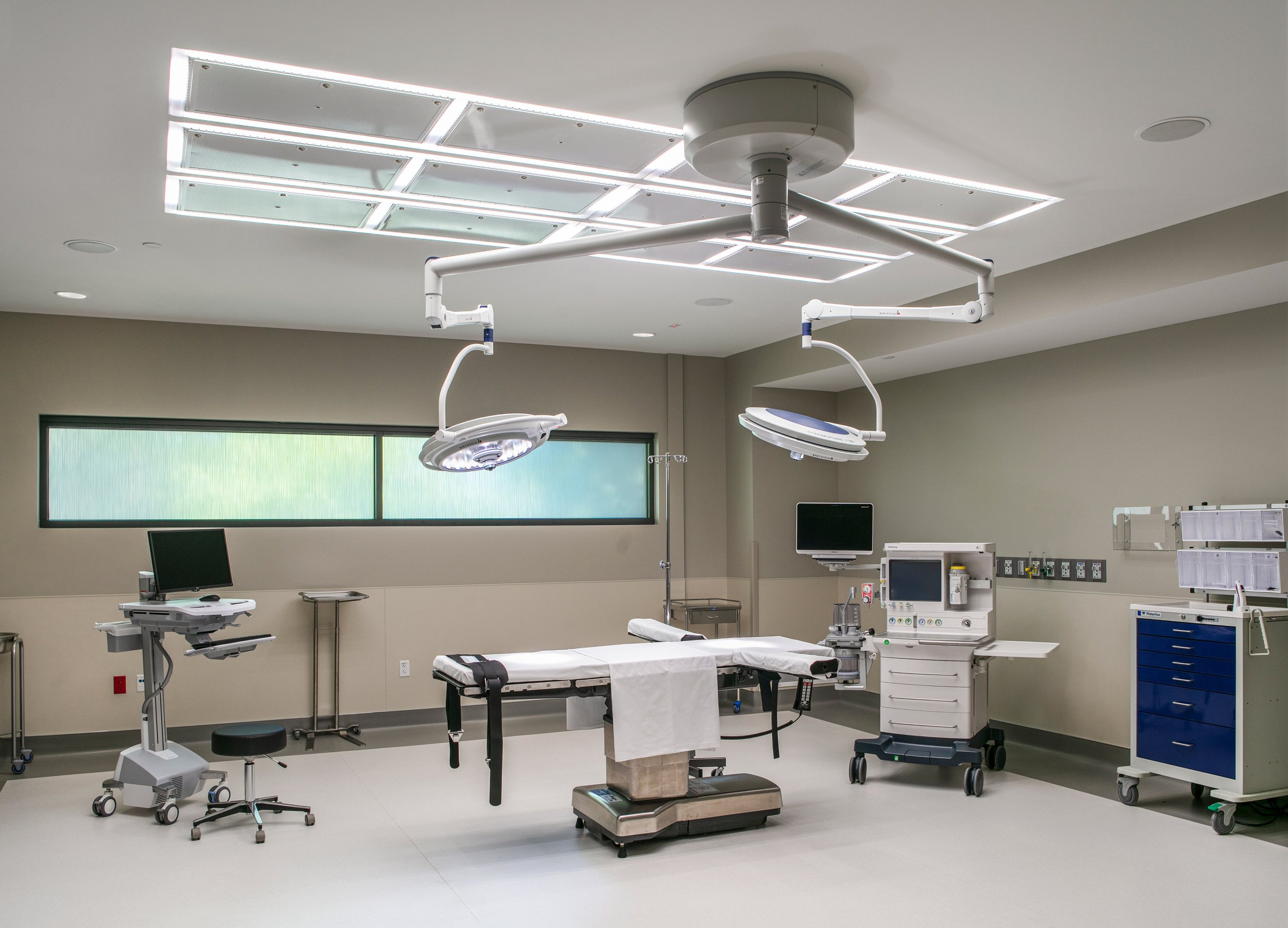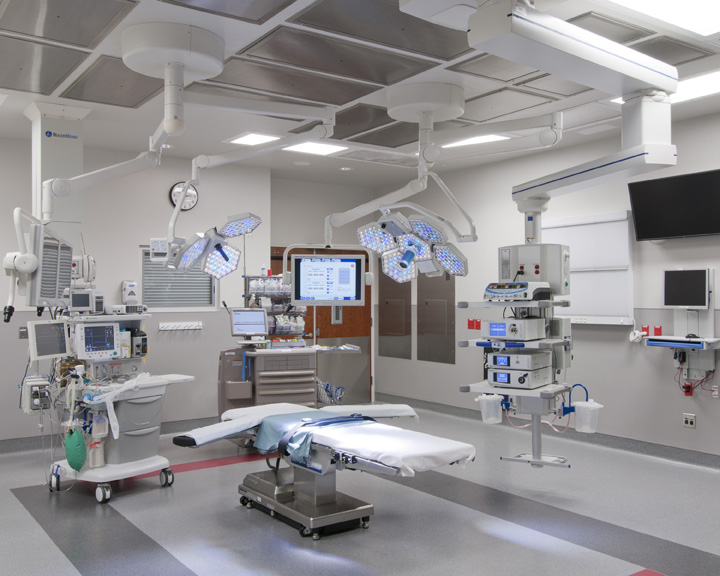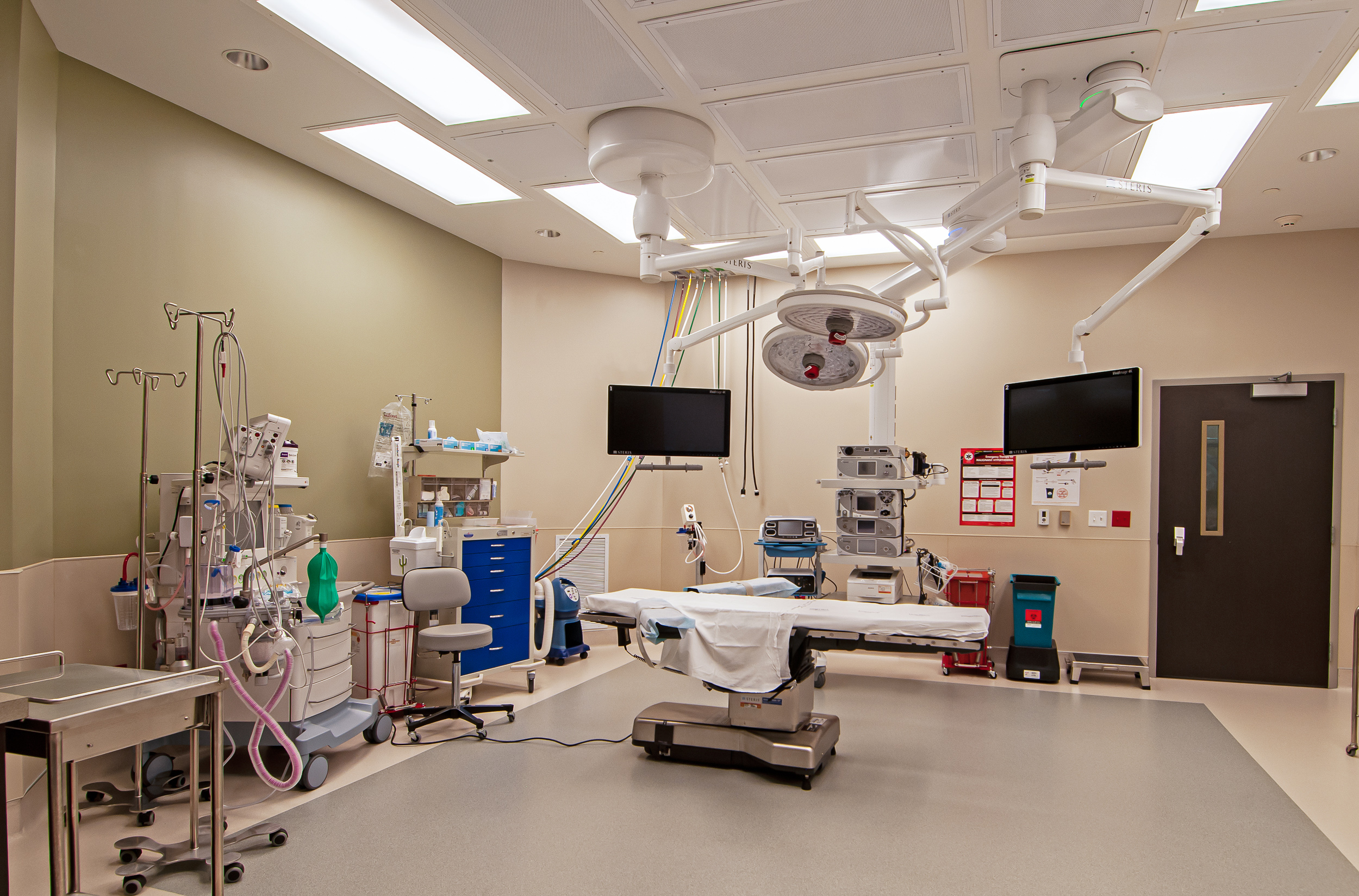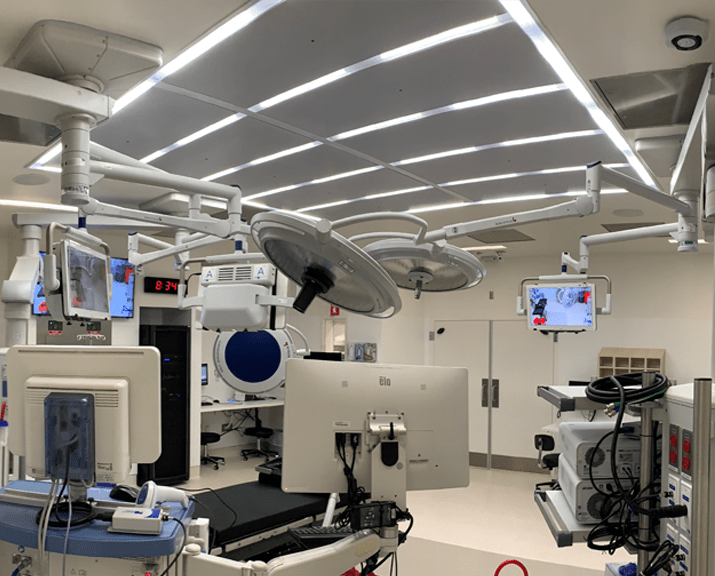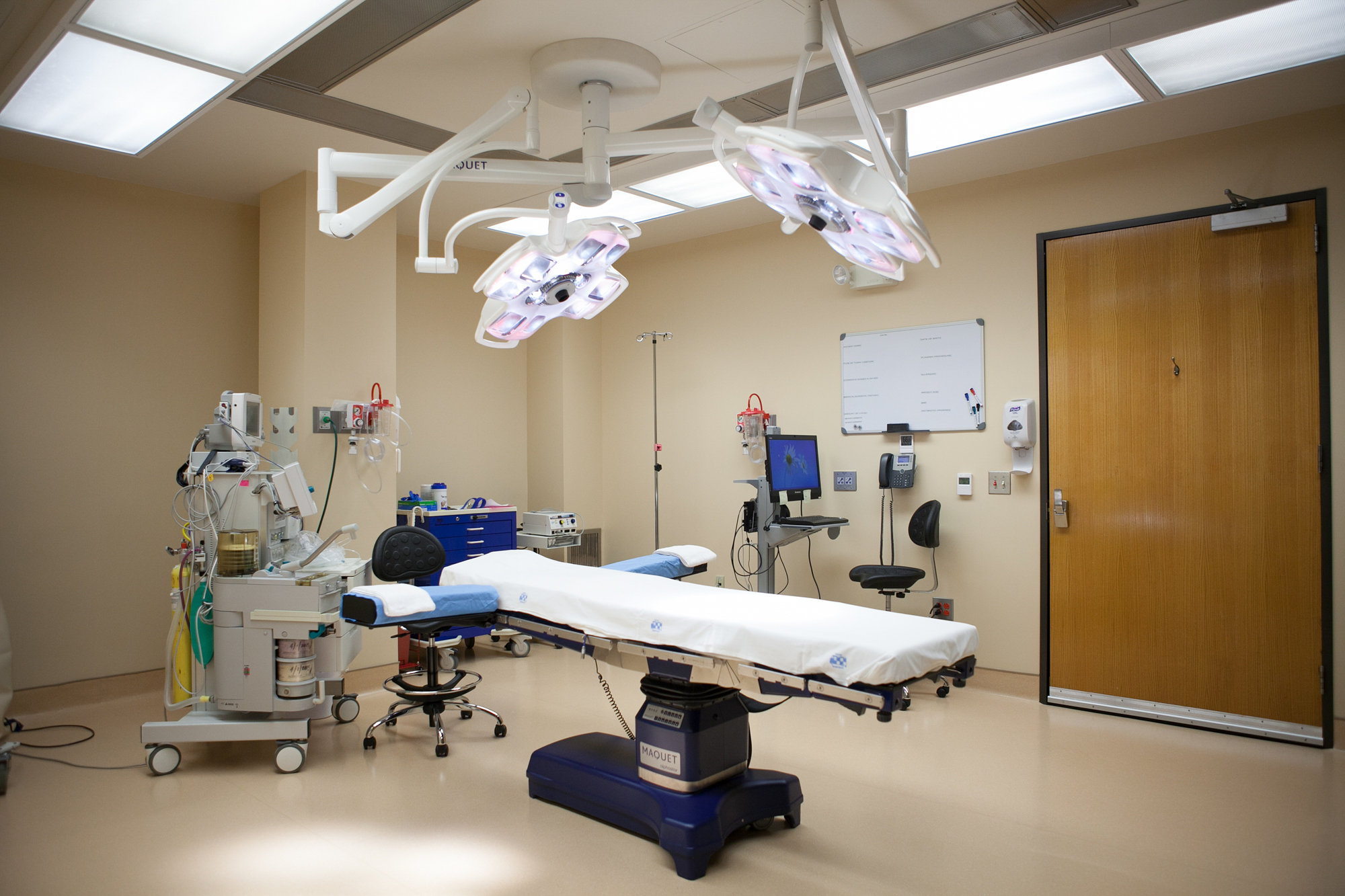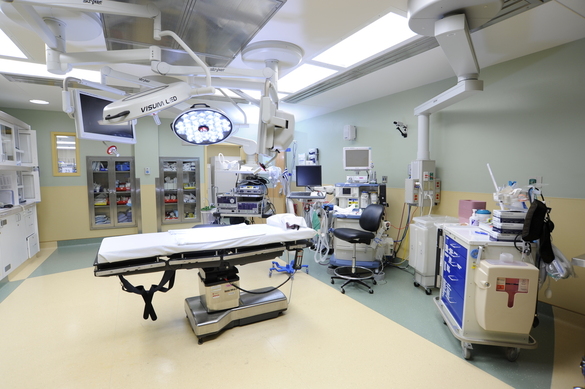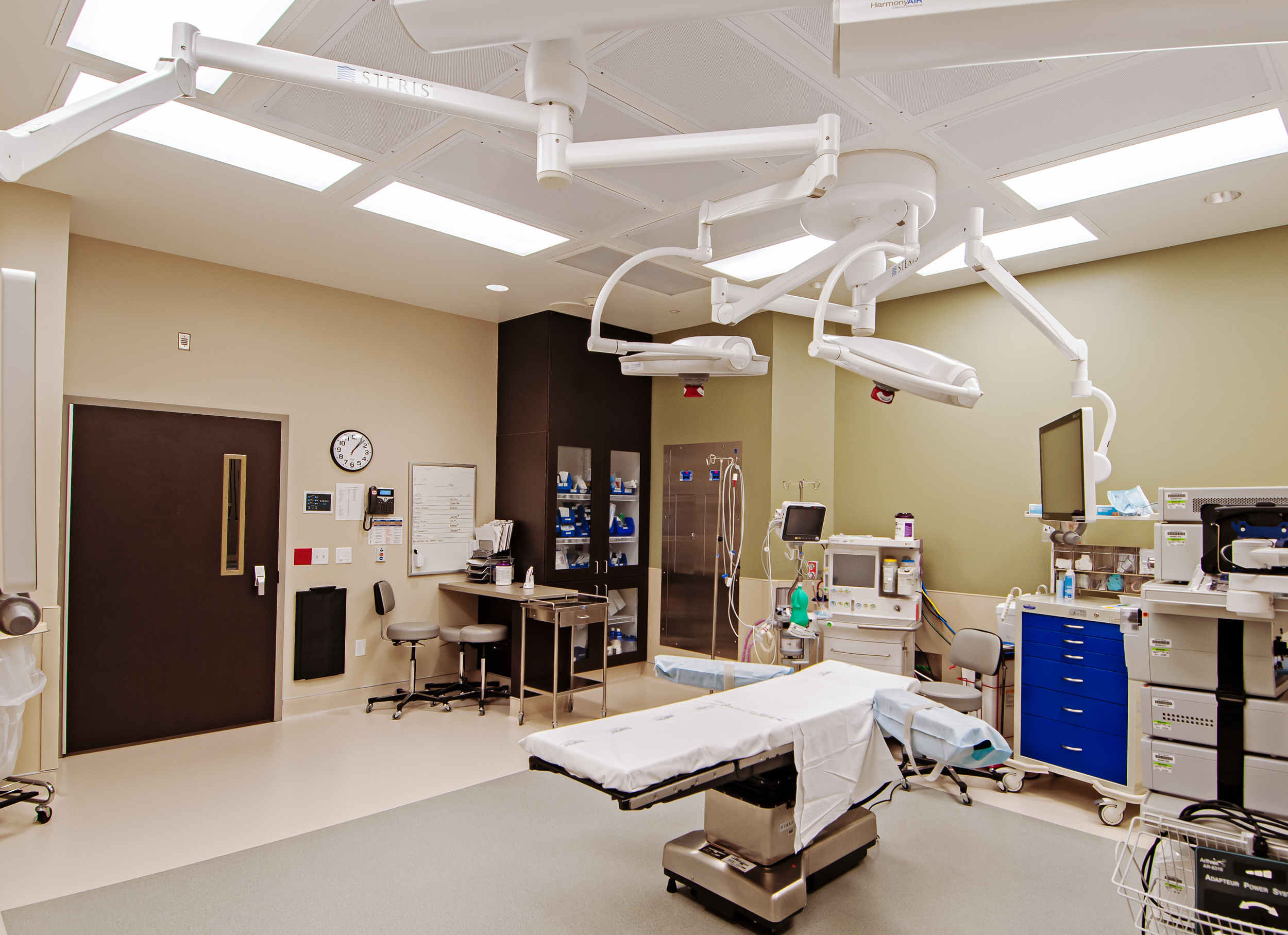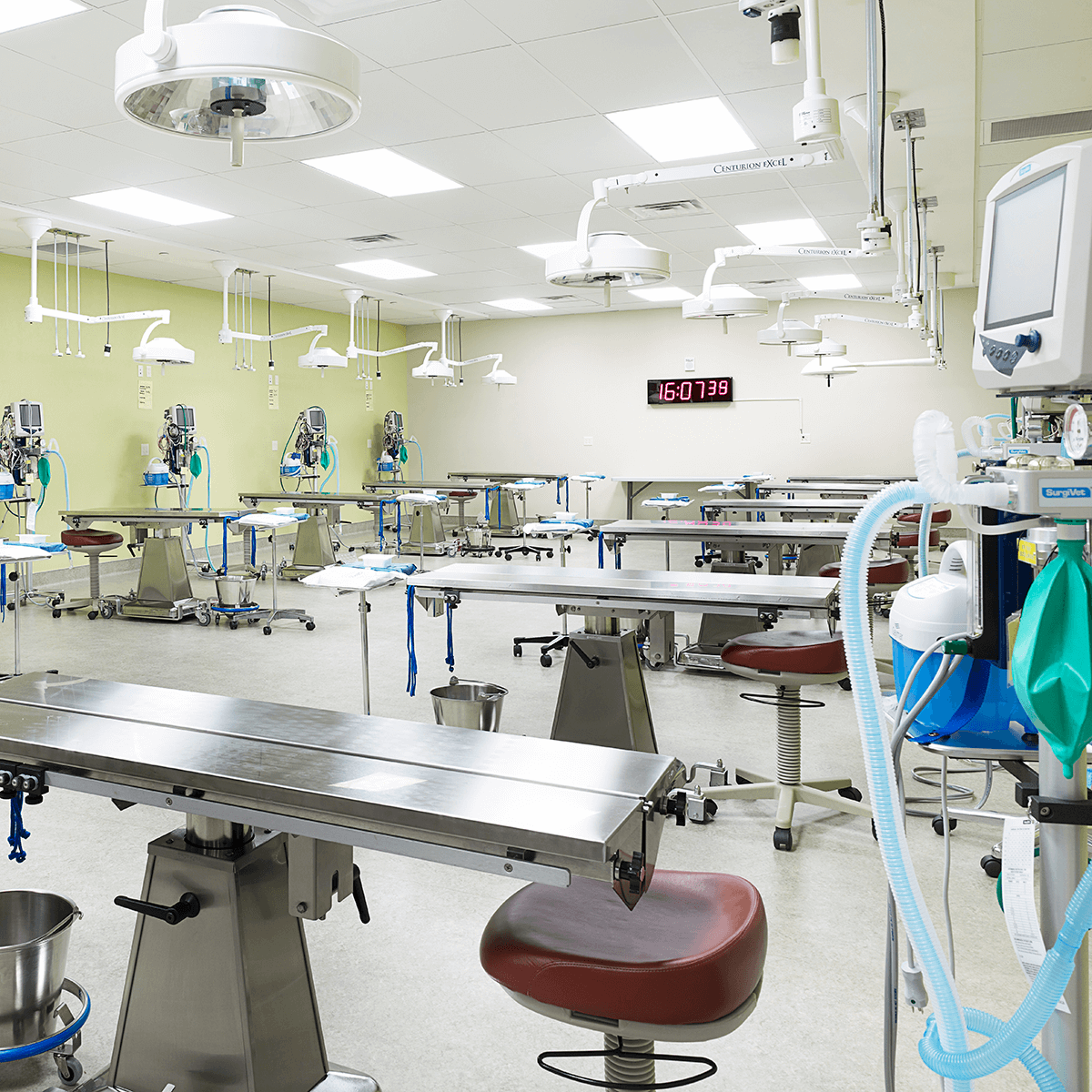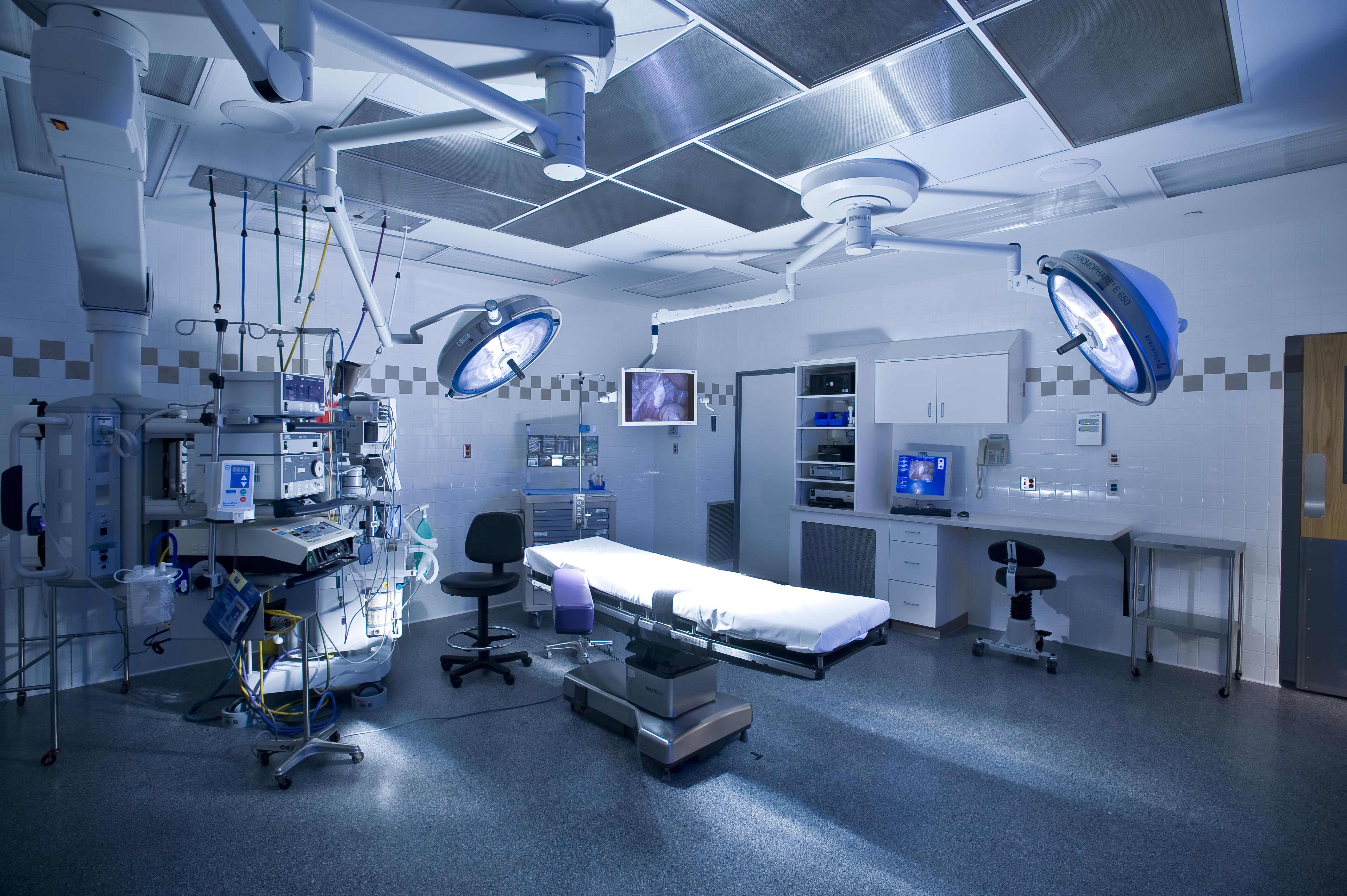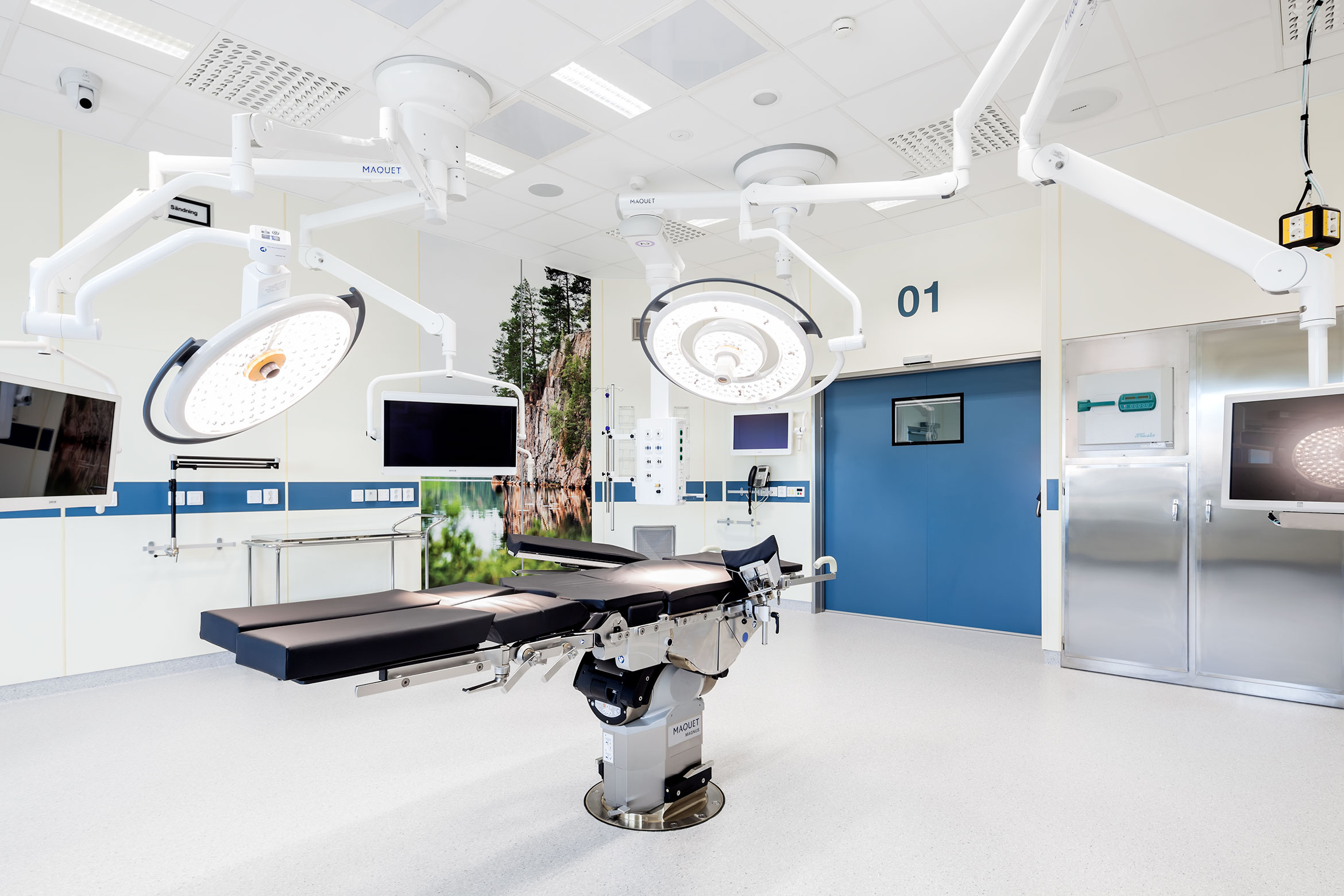A Dedicated Surgery Suite Must Be Used For Which Surgery

Imagine a meticulously clean operating room, bathed in soft, adjustable light. Every surface gleams, every instrument is perfectly placed, and the air hums with the quiet energy of a focused team. This isn't just any operating room; it's a dedicated space, specially designed and equipped for one specific, life-altering procedure: joint replacement surgery.
The use of a dedicated surgery suite for joint replacement, particularly hip and knee replacements, is increasingly recognized as a vital element in ensuring patient safety and optimizing outcomes. This article will explore why this dedicated approach is gaining traction, the specific benefits it offers, and how it's reshaping the landscape of orthopedic care.
The Rise of Dedicated Surgical Suites
For years, operating rooms were considered a shared resource, utilized for a wide range of surgical procedures. While effective, this approach presented challenges in maintaining sterility and preventing infection, particularly in complex procedures like joint replacements.
The concept of a dedicated surgical suite emerged from a growing understanding of the critical role environmental factors play in surgical success. Studies have shown a direct correlation between operating room cleanliness and reduced infection rates, fueling the demand for specialized spaces.
Why Joint Replacement Deserves Special Attention
Joint replacement surgery, while remarkably successful in relieving pain and restoring mobility, carries inherent risks, including the potential for surgical site infections (SSIs). These infections can lead to prolonged hospital stays, additional surgeries, and significant patient morbidity.
According to data from the Centers for Disease Control and Prevention (CDC), SSIs are a significant concern across all surgical specialties. However, the implantation of a prosthetic joint creates a unique vulnerability, as bacteria can adhere to the implant surface and form biofilms, making eradication extremely difficult.
The materials used in joint replacements, such as titanium and polyethylene, are susceptible to bacterial colonization. This makes the control of the surgical environment even more crucial. Thus, the demand for a dedicated surgery suite.
The Advantages of a Dedicated Suite
The benefits of utilizing a dedicated surgical suite for joint replacements are multifaceted, impacting infection rates, efficiency, and overall patient experience.
One of the primary advantages is enhanced infection control. Dedicated suites can be equipped with advanced air filtration systems, such as HEPA filters, that remove airborne particles and minimize the risk of contamination. These advanced air filtration systems play a significant role in ensuring that airborne particles that may cause infection are removed.
Moreover, a dedicated space allows for the implementation of stricter cleaning protocols. Surfaces can be thoroughly disinfected using specialized cleaning agents, and protocols for staff gowning and gloving can be rigorously enforced.
Another significant benefit is improved efficiency. A dedicated suite can be permanently organized with the specific instruments and equipment needed for joint replacement surgery. This eliminates the time and effort required to set up and dismantle the room for each procedure.
This streamlined workflow not only saves time but also reduces the potential for errors and delays, contributing to a smoother and more efficient surgical experience for both the surgical team and the patient.
Real-World Impact and Expert Opinions
The adoption of dedicated surgery suites for joint replacements is gaining momentum across hospitals and orthopedic centers worldwide.
Dr. Emily Carter, an orthopedic surgeon at a leading hospital, emphasizes the tangible impact she has observed. "Since implementing a dedicated joint replacement suite, we've seen a noticeable decrease in our surgical site infection rates. It's a testament to the power of a focused and controlled environment."
Furthermore, many patients report feeling more confident and at ease knowing that their surgery is being performed in a state-of-the-art facility designed specifically for their procedure. This peace of mind can positively influence their overall recovery.
A study published in the Journal of Arthroplasty demonstrated a significant reduction in SSIs following the implementation of dedicated joint replacement suites. The findings highlighted the cost-effectiveness of this approach, considering the financial burden associated with managing surgical site infections.
Looking to the Future
The future of joint replacement surgery likely involves even greater emphasis on dedicated surgical environments. Innovations in technology, such as robotic-assisted surgery and advanced imaging techniques, will further enhance precision and safety.
The integration of these technologies within a dedicated suite will create an optimal setting for delivering cutting-edge orthopedic care. Imagine a surgery suite not just as a sterile room, but as a digitally integrated hub where advanced robotics assist a surgical team in creating an optimal outcome for the patient.
As research continues to demonstrate the benefits of dedicated surgical suites, it is expected that their adoption will become increasingly widespread, ultimately leading to improved outcomes and enhanced patient satisfaction in joint replacement surgery.
A Step Toward Enhanced Patient Care
The move towards dedicated surgery suites for joint replacement is more than just a trend; it is a fundamental shift in the approach to patient care. It reflects a growing awareness of the importance of environmental factors, infection control, and efficiency in achieving the best possible outcomes.
By investing in specialized spaces and implementing rigorous protocols, healthcare providers are taking proactive steps to minimize risks, optimize performance, and improve the overall surgical experience for patients undergoing this life-changing procedure.
Ultimately, the dedication to creating these specialized environments underscores a commitment to providing the highest quality of care and empowering patients to live healthier, more active lives.

